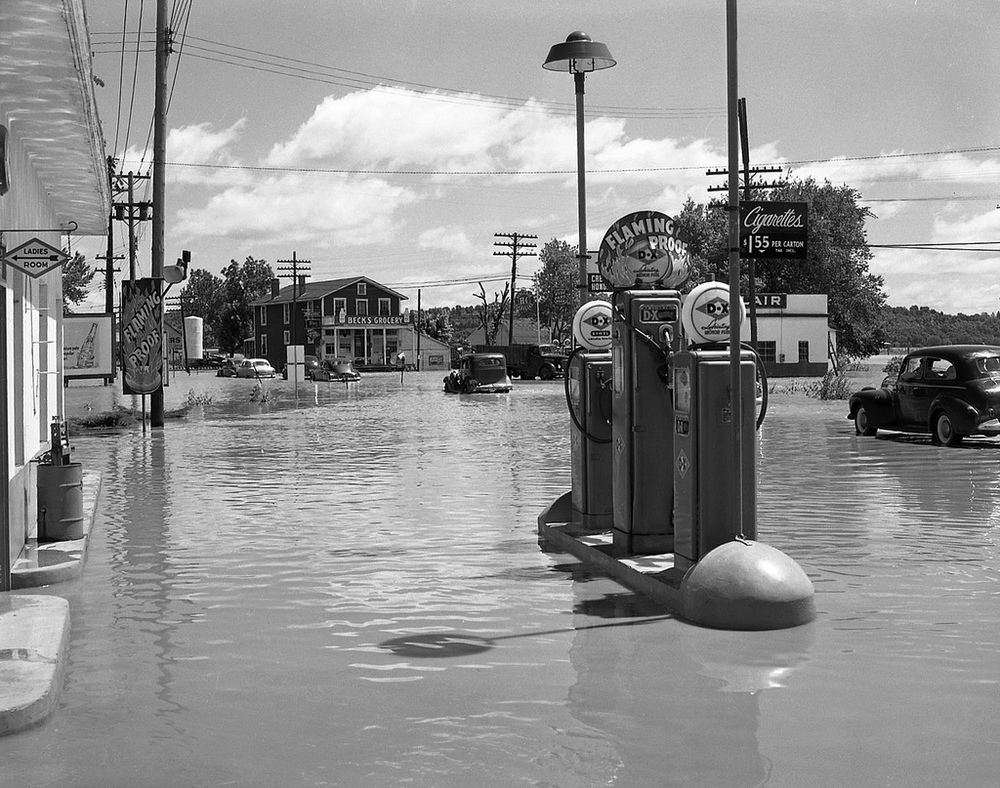 If winter 2014 in the UK will be remembered for one thing it'll be the floods. It was the wettest January on record and not one many will forget in a hurry. But in an emergency how did local government respond? In one Southern council they were stretched to the limit.
If winter 2014 in the UK will be remembered for one thing it'll be the floods. It was the wettest January on record and not one many will forget in a hurry. But in an emergency how did local government respond? In one Southern council they were stretched to the limit.
by Louise Smith
Since Christmas, Maidstone borough has suffered its worst flooding since 2000, with significant property flooding and at least 36 families being evacuated – some up to four times in six weeks.
The three rivers in the borough have been repeatedly placed on flood warning, with more rain threatened for the coming weeks.
We were on duty looking after our social media feeds 18 hours a day from Christmas Day to warn and inform residents, giving us an immediate link with residents to complement offline communications. This showed we were there and facilitated a valuable conversation between us and residents to make people feel less isolated in a very difficult situation.
Our approach seemed to work - the rate of increase in followers on Facebook jumped ten-fold during the floods, whilst we added as many followers on Twitter in two days as we normally would in a month. We also received a lot of positive feedback from residents, who were fantastic in sharing updates with their own followers, helping to keep everyone safe.
Sending information out
We gave frequent updates combining information from the experts – especially the Environment Agency - with advice and details on what we were doing to help. This highlighted the multi-agency response while covering our warning and informing responsibilities.
It’s worth telling people everything you’re doing. Virtually everything that we tweeted – from locations of Incident Liaison Officers to information on free collections of damaged goods - was retweeted, reassuring thousands about our response.
We quickly realised that because we were updating so frequently at the height of the emergency, when updates became less frequent, people were worried that they’d missed something. We made a point of informing residents about the latest information we’d received, even if those updates offered nothing new.
It was also important to remind people what wasn’t affected by flooding – we kept reminding people that the town centre was still open and gave information on parking and roads to try to support businesses through the flooding.
Bringing information in
We fed information into the Emergency Centre as it came up, monitoring search terms and hashtags to capture as much information as we could. We identified through social media some serious issues in two streets that we’d been unaware of, and were able to get help to both areas.
We were also able to suggest the deployment of Incident Liaison Officers to check issues as they arose, using residents to inform our flood response.
Some conversations inevitably needed to be taken offline, so we liaised closely with our contact centre and set up a special email address so that where social media wasn’t the best form of contact, our residents could still be assured of a quick response to help them through.
Louise Smith is public relations officer at Maidstone Borough Council.
